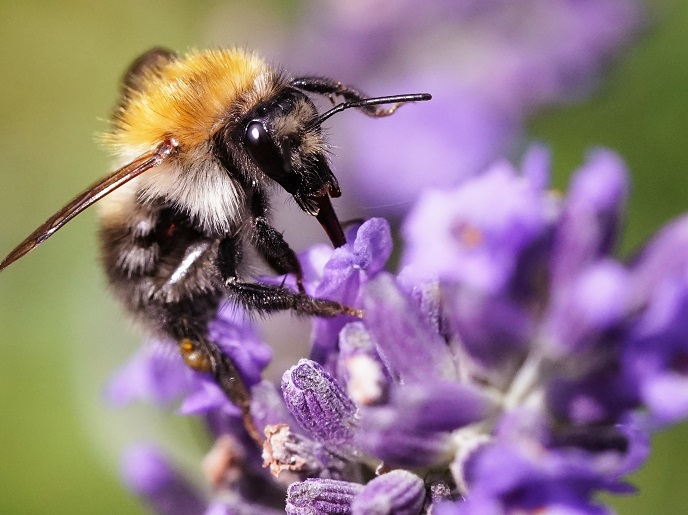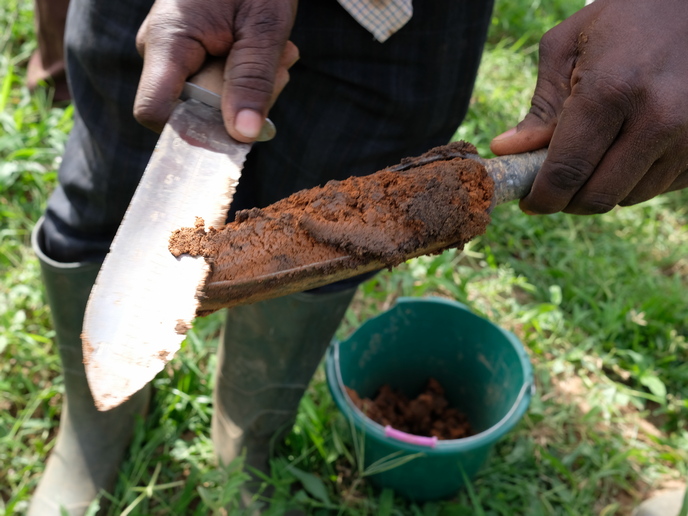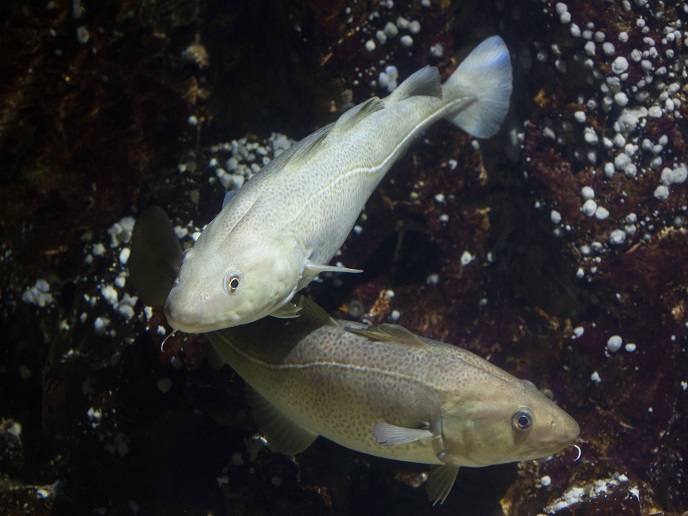Visual computing system based on deep learning will help protect Europe’s honeybees
The EU-funded hivepoll(opens in new window) project studied the detection of threats to beehives in real time, such as the parasites Varroa destructor mite and the small hive beetle, as well as colony collapse disorder. Researchers also investigated the quantification of the pollination performance of an apiary by using a low-cost visual computing system. By utilising these data, hivepoll intends to establish a novel data exchange platform between beekeepers and other stakeholders in the agriculture market. “By analysing the amount and type of pollen collected in combination with real-time flight characteristics we can turn apiaries into novel biological sensors with far-reaching consequences for the agri-tech market, beekeepers and public authorities,” says project coordinator Michael Brandstötter.
Application of Big Data
Data gathered by hivepoll will be used for crop yield prediction and the development of improved models to manage crop failure risks, two of the biggest opportunities for Big Data applications in agriculture. “We can validate the feasibility of pollen analysis and quantification by means of computer vision algorithms and deep learning methods,” Brandstötter explains. Based on the project’s existing dataset of approximately 1 600 hours of honeybee activity a subset with pollination information for deep learning applications was generated. From a total of 7TB data, 40 000 manually labelled bee images were created. “To date this is the largest bee/pollen dataset available,” notes Brandstötter. “By integrating standard computer vision methods and deep learning we can develop the first pollination classification algorithm operating in real time on a single board computer.” This dataset is large enough to test a deep learning approach. Researchers therefore developed and compared a sliding window data-transmission protocol as well as a multi-class classification approach. “The best model combination achieved a F1-score of 90.95 suggesting that convolutional neural network models are suitable for detecting pollen baskets on honeybees,” Brandstötter observes.
Improved survival
With hivepoll it will become possible to provide an early warning system in case of a low pollination performance as well as being able to counter these adverse effects and thus securing food production yields. Furthermore, effective parasite detection will contribute to the health of bee colonies and their survival in good health over the winter. The survival of honeybees is a prime concern of beekeepers and farmers as they are among the few pollinators which are active in sufficient force early in the planting cycle. A fast pollination of crops is extremely important as it alleviates the negative effects of unstable weather conditions such as spring frost. “We predict an up to 10 % increase in crop yield due to the improved management of pollination by hivepoll,“ Brandstötter concludes. The project will not only offer a low-cost visual computing system to detect threats and effectively manage beehives in real time but also unprecedented insights into the performance of honeybee colonies as pollinators.







